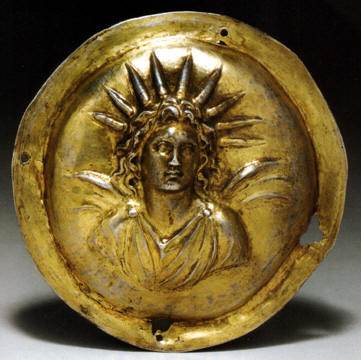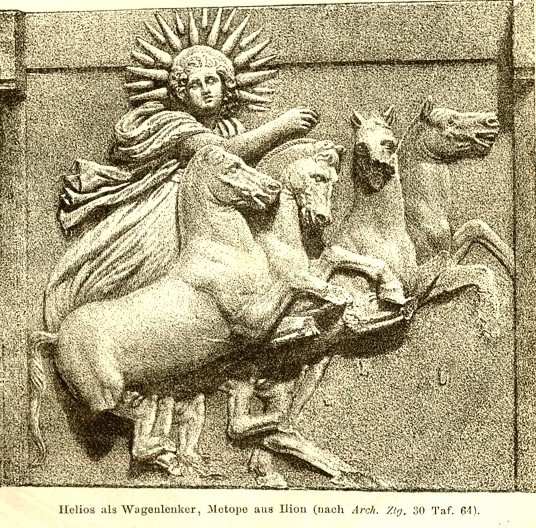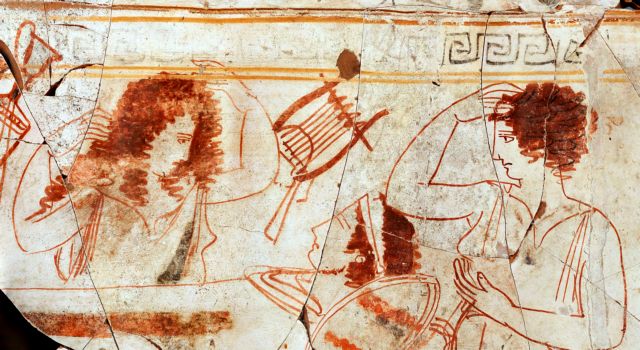I think the symbol is somehow connected to the ancient god Apollo who, during the reign of Alexander the Great, was glorified as a sun god under the name Helios. I think the ancient Macedonians had some sort of cult towards the sun, which is why they used the symbol as their own.
Depictions of Helios:
Notice that all depictions look like Alexander the Great. This is probably because many thought Alexander was the sun god.



Depictions of Helios:
Notice that all depictions look like Alexander the Great. This is probably because many thought Alexander was the sun god.








Comment